Commentary/Opinion
The Case for a Chief AI Officer in Insurance
Using artificial intelligence (AI) to improve the insurance sector’s speed, accuracy, and efficiency is no longer a futuristic pipedream. It’s a present-tense reality.
But success isn’t automatic nor guaranteed, prompting many insurance leaders to ask: How do we embed AI across our enterprise to drive innovation, efficiency, and responsible use?
Tackling this complex problem requires leadership at the highest level. My colleague, Molly Hull, has already written about the role of the Chief Artificial Intelligence Officer (CAIO) in providing that vision and leadership. In this article, I want to dive deeper into how this role can transform the insurance space and make the promise of AI-driven efficiency a reality.
Key Takeaways
AI leadership is becoming essential in insurance. As AI adoption accelerates across underwriting, claims, and customer engagement, insurers need dedicated leadership, like a Chief Artificial Intelligence Officer (CAIO), to ensure innovation aligns with compliance and strategy.
The CAIO bridges innovation and governance. By connecting technical teams with executive and regulatory stakeholders, the CAIO ensures AI deployment is ethical, explainable, and enterprise-aligned, turning fragmented pilots into measurable business value.
Early adopters are setting the standard. Leading insurers such as Allianz, State Farm, and Progressive are already formalizing AI leadership structures, signaling that strategic oversight of AI is quickly becoming table stakes for competitiveness and trust in the industry.CONTINUES
Jay D'Aprile, Executive Vice President, Slayton Search Partners
News
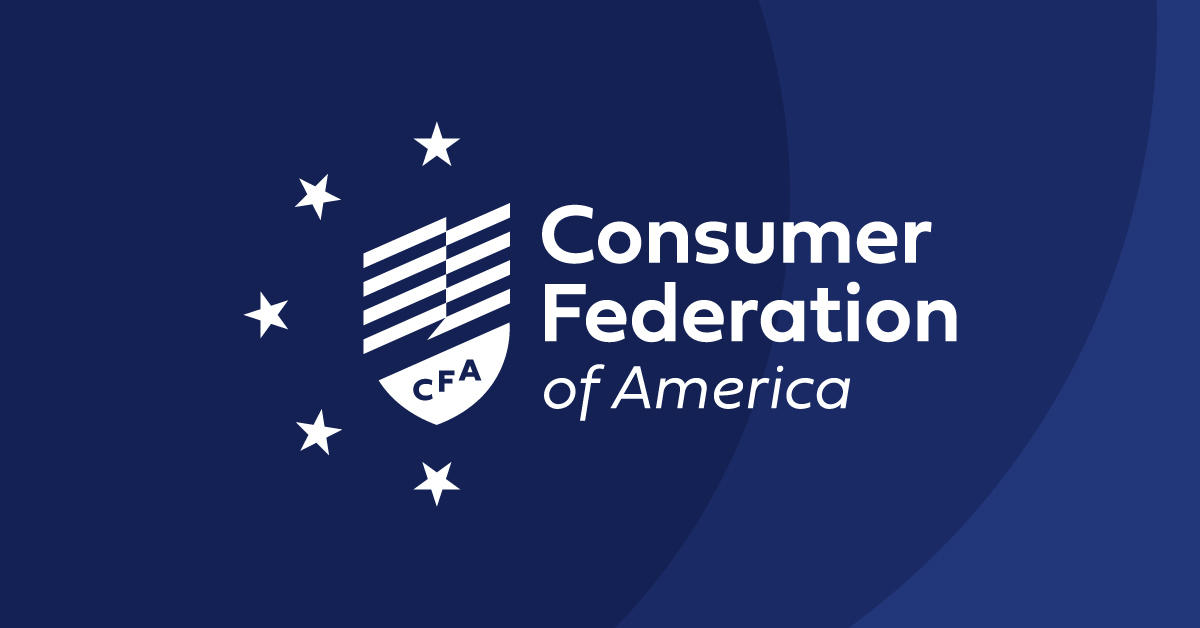
Insurance CEOs Get 27% Salary and Bonus Bump While Consumers See Premium Hikes and Non-Renewals · Consumer Federation of America
Executives at America’s large auto and homeowners insurance companies raked in huge salaries, bonuses, and stock options in 2024, while their customers faced another year of sizable premium hikes and increasingly widespread non-renewal notices. CEOs at the nation’s ten largest insurance companies received over $134 million in total compensation in 2024 and over $391 million over the past three years.
According to an analysis by the Consumer Federation of America, from 2021 to 2024 homeowners insurance costs increased by 24% nationwide, well above the rate of inflation. And according to the Bureau of Labor Statistics, auto insurance costs were 7% higher in May 2025 compared to May 2024. At the same time as insurance companies have claimed no other option but to raise consumer prices, industry profits skyrocketed in 2024 to $169 billion.
“2024 was a bad year for policyholders, but another great year for insurance company shareholders and their CEOs,” said Michael DeLong, CFA’s Research and Advocacy Associate. “Insurance companies told regulators they had to charge consumers billions more in 2024 to stay afloat, but customers were just paying the price for insurer greed and executive excess.”
The table below summarizes the publicly reported insurance executive compensation paid in 2023 and 2024, as well as auto and homeowners insurance percentage rate increases for 2024 SEE TABLE
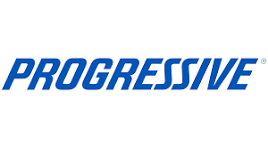
Progressive to return nearly $1 billion to Florida auto insurance customers, DeSantis says
Progressive, one of the nation’s top auto insurance companies, plans to return nearly $1 billion to Florida policyholders, Gov. Ron DeSantis announced Wednesday.
Policyholders will receive an average of $300, DeSantis said. “It might be a check,” he said, “It might be a credit on your bill.” A Progressive spokesman said later Wednesday that policyholders will receive “a credit” in 2026.
A Progressive spokesman said later Wednesday that policyholders will receive “a credit” in 2026.
DeSantis credited insurance reforms enacted by Florida’s Legislature in 2022 and 2023 with reducing auto insurers’ losses and making it possible for the state’s top five companies to request a combined 6.5% rate reduction in 2025, down from +4.3% in 2024 and +32.7% in 2023.
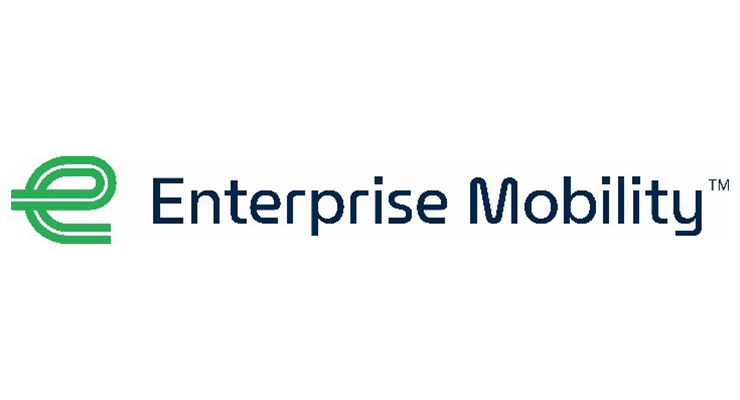
Enterprise Mobility Reports 67 Million Rental Transactions, $39 Billion Revenue in FY25 - CollisionWeek
Company expands connected vehicle fleet to 800,000 units, grows European operations by 7%. Enterprise Mobility processed 67 million car and truck rental transactions in fiscal year 2025, a 6% increase from the prior year, as the company generated more than $39 billion in revenue across its global operations.
The privately held company, which operates Enterprise Rent-A-Car, National Car Rental and Alamo brands, manages a fleet of more than 2.4 million vehicles through 9,500 locations in more than 90 countries.
“Our people are our greatest asset, and we’ve built a culture of connection throughout our organization with team members who listen to customers, understand their needs and find mobility solutions that work,” said Chrissy Taylor, president and CEO of Enterprise Mobility. “They are the heroes of our business.”
The company reported record revenue in Europe during FY25, with customer transactions increasing more than 7 percent in the region. Enterprise Mobility expanded its branch network and entered new markets through franchise partnerships in Thailand, with additional agreements signed for Taiwan and Bahrain expansion in FY26.
Enterprise Fleet Management grew its managed fleet to more than 900,000 vehicles in the U.S. and Canada. The division also connects more than 200,000 customer vehicles through third-party telematic providers.
The company is transitioning to more than 800,000 connected vehicles by the end of 2025. Access to vehicle data allows Enterprise Mobility to reduce customer wait times and monitor vehicle health and maintenance.
Research

J.D. Power: Auto insurance switching at ‘all-time high’
Auto insurance carrier switching is at an “all-time high,” according to J.D. Power’s Q3 Insurance Shopping Loyalty Indicator and Shopping Trends (LIST) report.
Switching rose to 4.5% during the quarter, up 0.3 percentage points quarter-over-quarter (QoQ) and year-over-year (YoY). Among those who switched, the average amount of premium moving carriers is more than $4,500
Shopping increased only slightly, by 0.2 percentage points QoQ and no change YoY.
“The auto insurance market from 2021–2024 saw historic rate increases, which drove many consumers to shop but those consumers could not always switch, as it was difficult to find a more competitive premium for auto insurance when most or all insurers were increasing rates,” said Stephen J. Crewdson, J.D. Power’s managing director of Global Business Intelligence – Insurance.
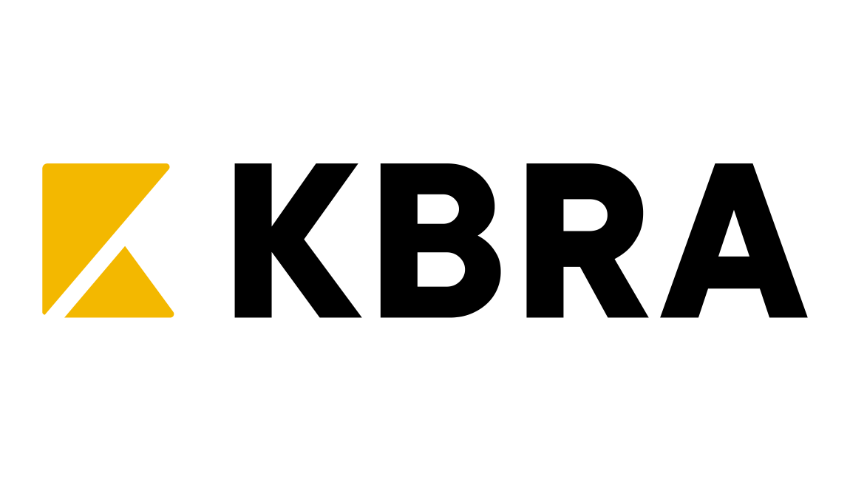
Increasing diversity of risk transfer and capital sources is credit positive: KBRA - Artemis.bm
The increasing diversity of risk transfer instruments and reinsurance capital sources, including insurance-linked securities (ILS), is a credit positive for the U.S. property and casualty (P&C) insurance sector that faces an evolving risk landscape and rising secondary peril losses, according to rating agency KBRA.
Insurance markets faced by severe and more frequent weather events have seen the most dramatic changes in the risk sharing dynamic between insurers and reinsurers, KBRA explains.
While major hurricanes have often been deemed the most significant threat to insurer profitability, rising industry losses from secondary perils such as severe convective storms (SCS) are now high on the agenda.
This comes against the backdrop of the changes KBRA refers to, which have seen P&C insurers holding a larger proportion of losses on a net basis in recent years, since attachment points for catastrophe covers changed in the hard reinsurance market environment.
While the reinsurance market is now seemingly entering a softening phase again, KBRA explains that “the structural reinsurance changes implemented in 2023 remain in place.”
However, KBRA also notes that underwriting changes enacted in the primary P&C insurance market in the United States, mean insurers have been able to improve their combined ratios even with less reinsurance support on weather-related losses.
Climate/Resilience/Sustainability
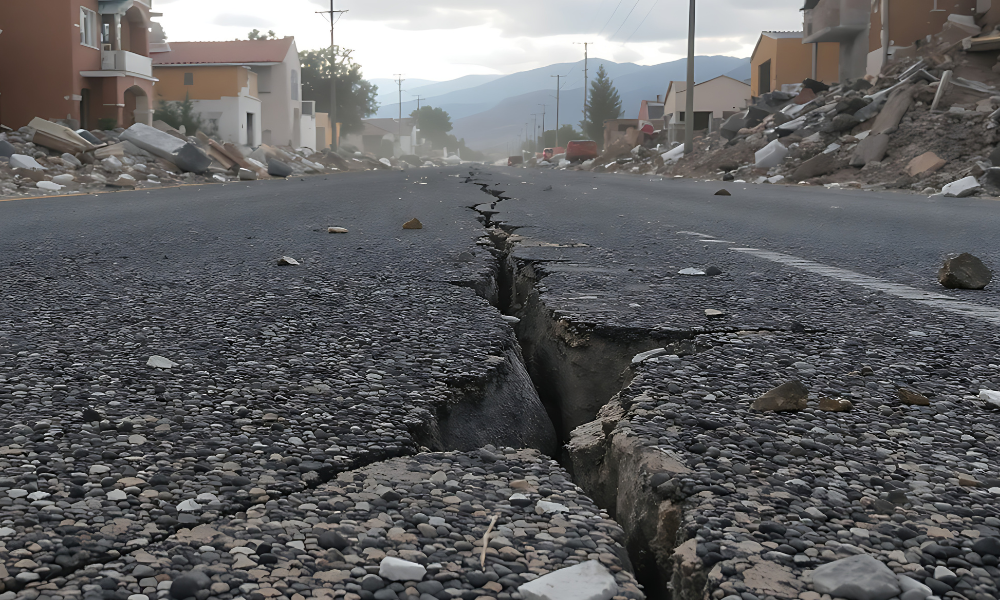
US insurance sector struck by $101 billion in weather disaster losses
It's an eye-watering figure, as 2025 looks set to be one of the most expensive in recent history
The United States endured $101.4 billion in weather and climate disaster losses through June 2025, according to new data from Climate Central. Fourteen (14) separate billion-dollar events were recorded, resulting in 174 deaths. This puts 2025 on track to be one of the most expensive years for natural catastrophe losses in recent history, intensifying pressure on the insurance industry to adapt to the growing risks of extreme weather.
2025 losses outpace historical averages
The $101.4 billion in losses recorded in the first half of 2025 far exceeds the average pace of billion-dollar disasters in previous years. Since 1980, the US has experienced 417 weather and climate events with losses exceeding $1 billion each (CPI-adjusted to 2025 dollars), for a cumulative total of more than $3.1 trillion in damages and 17,092 deaths. The frequency and cost of these events have accelerated, with the last decade (2016–2025) standing out as particularly severe compared to earlier periods.
Implications for insurers: Rising claims and risk exposure
For insurers, the surge in billion-dollar disasters means a higher volume of claims and greater exposure to catastrophic losses. The report notes that both insured and uninsured direct losses are included in the $101.4 billion figure, covering property damage, business interruption, and infrastructure impacts. However, the Climate Central estimates do not account for environmental degradation, health costs, or supply chain disruptions, suggesting that the true economic toll is even higher. MORE
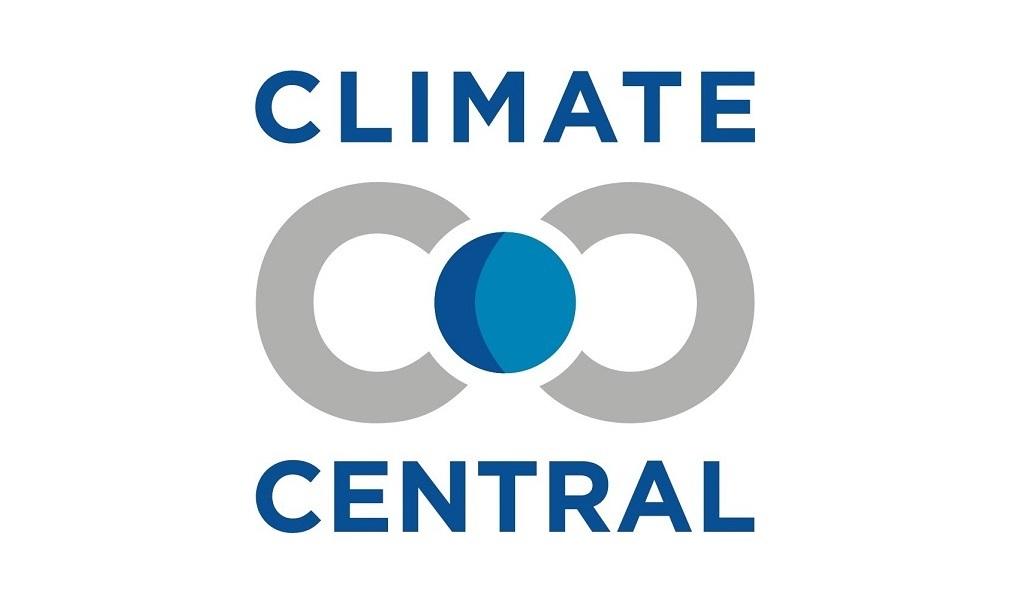
U.S. Billion-Dollar Weather and Climate Disasters | Climate Central
Climate Central maintains this comprehensive database tracking U.S. weather and climate disasters since 1980 where overall damages/costs reached or exceeded $1 billion (including Consumer Price Index (CPI) adjustment to 2025). As of June 2025, the U.S. has sustained 417 such events, with a total cost exceeding $3.1 trillion. Billion Dollar Disaster Map
As of July 28, 2025, Climate Central manages and maintains this billion-dollar disaster dataset, building upon the foundational work established by NOAA's National Centers for Environmental Information (NCEI). This dataset tracks and evaluates weather and climate events in the U.S. that have significant economic and societal impacts, providing critical insights into the growing costs of extreme weather in a changing climate. The billion-dollar disasters analysis demonstrates the economic impact of extreme weather and climate events in inflation-adjusted dollars, helping communicate the real-world consequences of climate change to communities, policymakers, and the public.
Announcements

Delos wildfire science opens up insurance for 265,000 more southern California homes
Property insurance MGA, Delos Insurance Solutions, which uses wildfire science and satellite imagery expertise to solve homeowners' insurance availability issues, has announced that further wildfire model confidence is enabling it to insure 265,000 additional homes in five southern California counties.
Delos insures homes across California and the Western US and is currently able to offer insurance for 2.5 million homes in Los Angeles, Orange, Riverside, San Bernardino and San Diego counties. This increase means a further 11% more homes are eligible in these counties.
Delos' proven wildfire hazard model is constantly being evaluated for accuracy and refined with newly developed, proprietary, high-resolution datasets. This allows for the progressive opening up of more locations that Delos can insure in the most fire-stressed areas of California. The latest model enhancements were facilitated by the injection of refined high resolution wind data as well as other datasets related to suppression efficacy and urban conflagration potential.
Kevin Stein, CEO Delos Insurance Solutions (pictured)
Claims
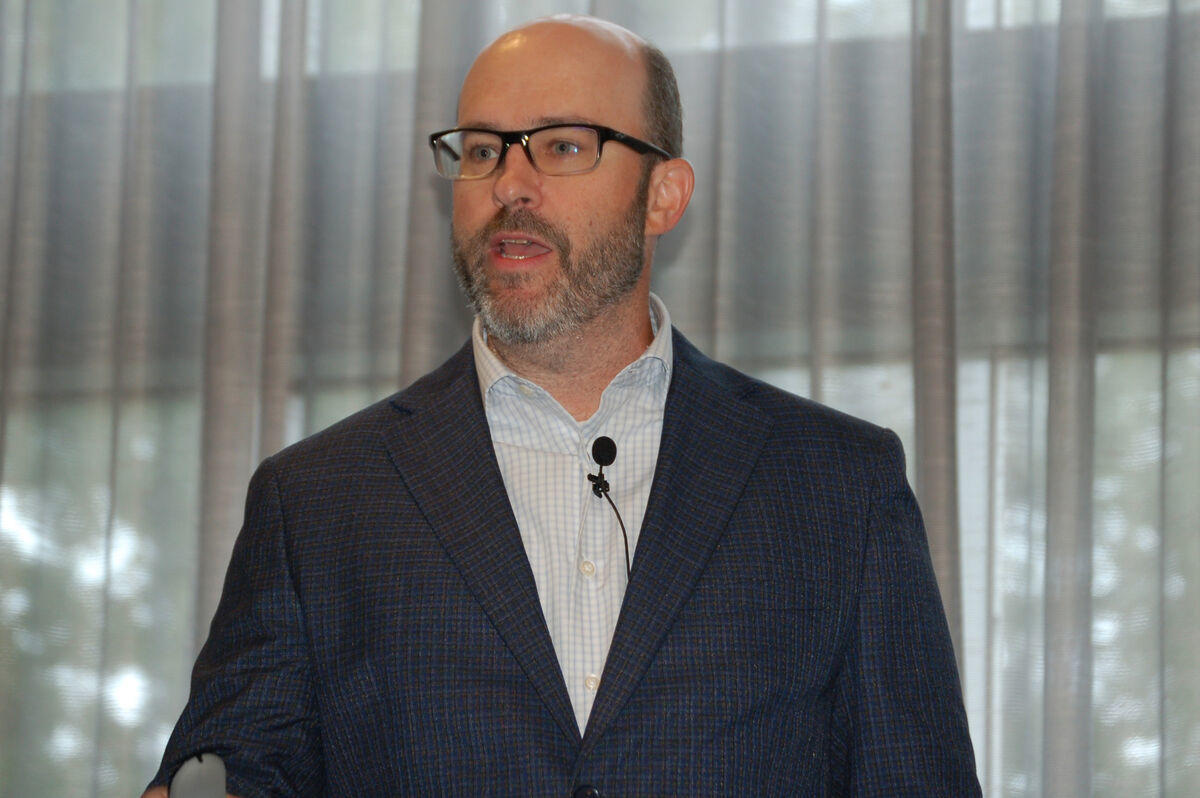
Claims Count Still Down, But Predicted Rise in Used Car Values Could Reduce Total Losses -
The average total cost for repairable claims rose 1.4% in the first half of the year — the smallest rate of growth in about 15 years.The average total cost for repairable claims rose 1.4% in the first half of the year — the smallest rate of growth in about 15 years.
Kyle Krumlauf of CCC Intelligent Solutions said used vehicle values should rise as new car prices are, which could help reduce the number of total losses. The latest quarterly Crash Course Report from CCC Intelligent Solutions showed total auto claims counts being down 8.5% year over year through July — and things didn’t improve for collision repairers much in August, according to a CCC presentation at the recent annual CIECA CONNEX conference in Nashville.
Repairable claims counts were down even further, 10.4% through August, compared to the same period last year, said Kyle Krumlauf, director of industry analytics for CCC. He said there are differences among the decline based on coverage type, with comprehensive claims — primarily hail, flooding and storm-related claims — down 15.3%.
“This year we have seen significantly less volume from weather-related claims,” Krumlauf said. “June, July, August, especially for states like Colorado, Nebraska and Texas, we’ve seen significant decline in weather-related or comp claims.”
The total cost of repair for repairable claims has risen to $4,774 in the first half of 2025 — up from $4,708 in the same period last year — but the 1.4% rate of increase year over year pales in comparison to the rate of growth the prior five years, when repair costs were rising between 5.1% in 2024 and 15.7% in 2022.
“We haven’t seen these small of increases in repair costs in 15 years or something like that,” Krumlauf said. “There are a number of aggravating and mitigating factors that are playing into it. First of all, the number of parts per repair is down by about a half part per repair through the first half of this year.”
Inflation, Supply Chains, Tariffs: Trends Impacting Business Insurance and Claims
Inflation has been a persistent issue in the United States, though it has moderated since its peak during the COVID-19 pandemic, while supply chain disruptions for equipment and other goods continue to add to insurance claim costs—and the financial impacts of tariffs and trade policies remain uncertain.
How will these global economic trends affect businesses and their insurance carriers? What advice can you give your clients to help them meet these challenges?
These are questions a few much-needed facts may begin to answer.
Rising Prices Pushing Claims Higher
Inflation has eased, but it is far from gone. The Federal Reserve has highlighted how disruptions in global trade are exacerbating inflationary pressures, particularly when they affect intermediate goods—components used in the production of other goods.FULL ARTICLE
John Nosari
Cyber Risk

Amazon AWS outage not a catastrophe for parametric cyber (or Cumulus cat bond): Parametrix
This week’s Amazon Web Services (AWS) outage may have cost billions in lost opportunity and downtime for technology and internet services around the world and could trigger some cyber insurance policies, but it was not significant enough to be considered a Catastrophic Event, Parametrix has told us.
Thousands of companies were affected as the Amazon Web Services platform experienced an outage on Monday October 20th 2025, laying bare the centralised and concentrated exposure of the economy to major cloud computing providers.
Impacts ranged from being unable to do business, as services that relied on Amazon AWS in some cases went down completely, to the less serious as internet users found thousands of popular websites lost features for a time (even our catastrophe bond market charts were unavailable for a few hours due to AWS being offline).
Most cyber insurance that features business interruption protection has a wait time, to ensure short-lived outages and IT issues do not activate coverage.
Podcast Sponsor

Audio Version - 'Connected: The Podcast' --- Sponsored by Pulse Podcasts
The ‘Connected’ Podcast by Alan Demers and Stephen Applebaum, is a condensed audio version of the day's ‘Connected' newsletter, a daily scan of all the happenings in the world of Insurance & InsurTech News.
Pulse Podcasts: Introduce a new way for your audience to hear your voice! We are a podcast creation service that helps businesses turn their written content, like blog posts and news articles, into beautiful podcasts. Our platform writes the script, records the voices, and mixes the audio to create engaging content for your audience. It's affordable and has super-fast turnaround!
LISTEN AND SUBSCRIBE BELOW
